Checking that the truck’s cab is in excellent working order is part of a professional truck driver’s responsibilities. This helps ensure that all safety features are working and that the driver doesn’t suffer fatigue.
Seat belt
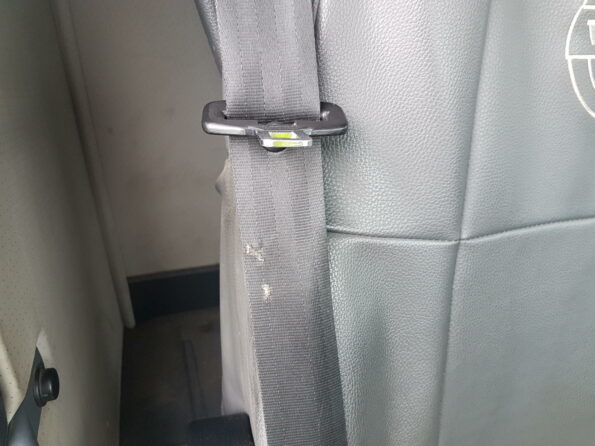
The seat belt is the most important safety item in the cab and it often only gets checked infrequently. Exposure to dirt and dust abrades the fibres and can get caught in the retracting mechanism. Exposure to sunlight breaks down the integrity of the webbing. For drivers who are in and out of the cab a lot during the day, the metal catch can wear out the clip, and the seat belt will become frayed more quickly.
Seat
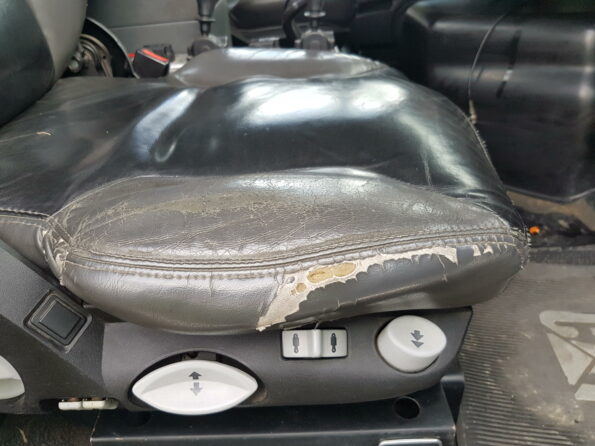
The seat is a major component of driver comfort. A seat which is badly worn and has lost its padding will cause fatigue more quickly for a driver and could cause back or hip pain.
If the air pressure is not supporting the seat, this will compromise the driving position and cause extra blind spots, plus will fatigue the driver more quickly.
Check that the controls for the seat work and you can move it up and down, backwards and forwards and adjust any other settings such as lumbar support to make it as comfortable as possible.
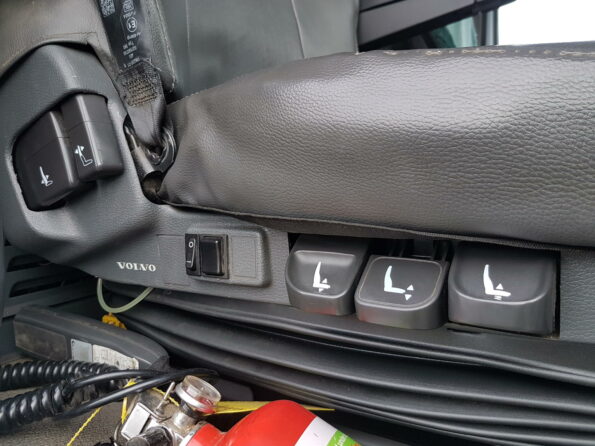
Handles
As you climb into the truck cab, check all handles are secure. You’ll need the handles when getting in and out so that you can maintain three points of contact.
Dashboard lights
When you turn the key on, all lights will illuminate on the dashboard and will then go out one by one as they are checked.
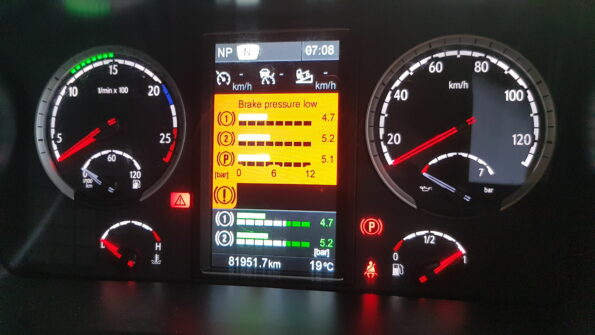
If any lights remain on (particularly ABS, SRS [airbag] or engine check lights) have it fixed before driving. The ABS light might only go out once you start moving.
Don’t move off until air pressure has built up in the brakes.
Fire extinguisher
If you carry a fire extinguisher, check the gauge and expiry date to make sure it’s still valid. It should be securely fastened so that it doesn’t roll around the cab.
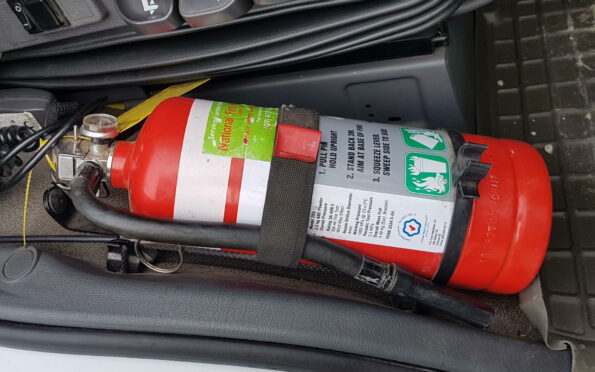
Rattles and squeaks
A squeaky seat or rattles in the cab can become annoying over time. WD40 or a similar lubricant will fix seat and pedal squeaks (don’t spray it on the pedal itself, though). To eliminate rattles, check in cubby holes. If you still can’t find the culprit, you may need to see if there are any loose panels or loose screws.
Loose objects
Don’t leave loose objects in the cab as they can get under your pedals preventing you from braking. Loose items should not be left unrestrained on sleeping areas or in racks.
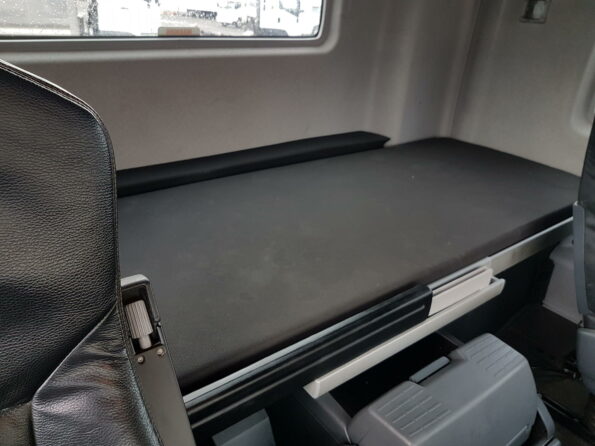
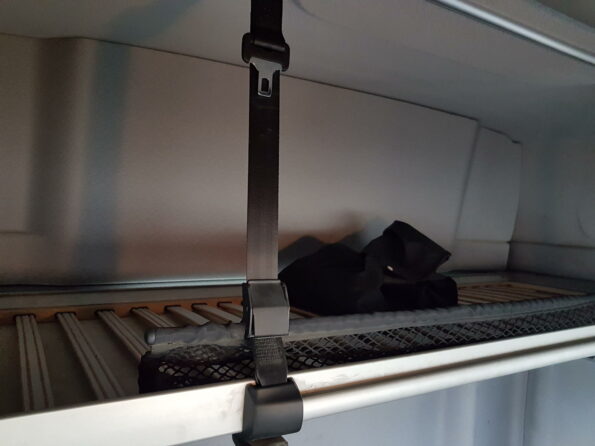
Missing parts
Check that there are no missing parts such as cover plates, handles and switches. Replace them if they are missing.
Gauges and readouts
Check all gauges are working and not indicating that something needs to be changed.
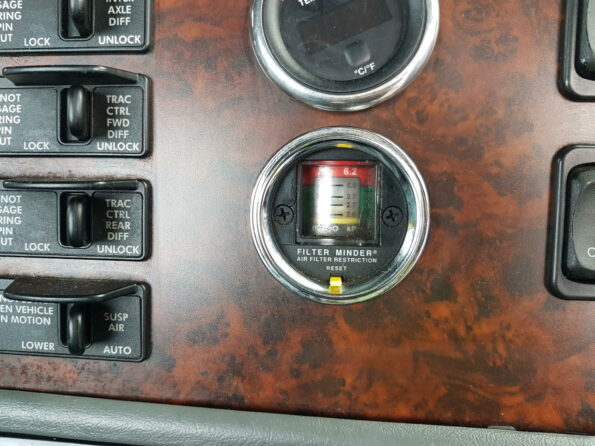
Set up the cab first
Get your radio and RT in order before setting off. Pair your phone to Bluetooth if your truck has it, or put the phone in a cradle or (better still) turn it off and put it away. You shouldn’t be fiddling with your phone while driving.
Set yourself up before you move off
Get the seat and mirrors in the right position. Check you have nothing in your back pockets (this can cause hip issues over time). Check the steering wheel is in the right position.
